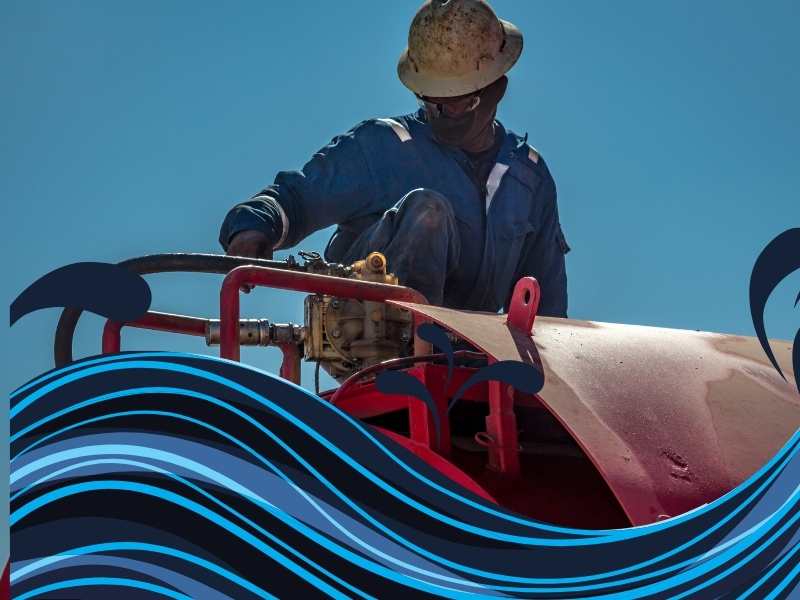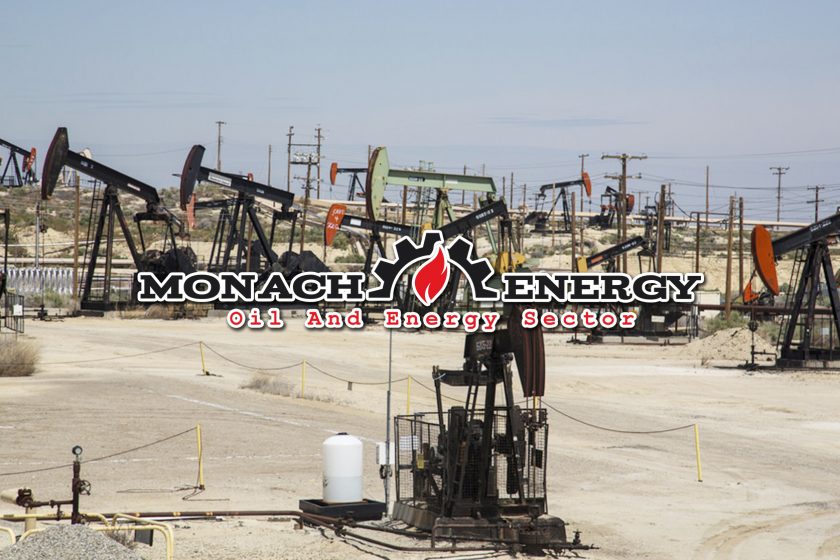Navigating the Energy Transition: The Role of Mobile Boiler Units in the Oil and Gas Sector
The oil and gas industry, an industry that’s no stranger to cutting-edge technology, has begun to leverage the power of mobile boiler units. These unique systems are playing an increasingly significant role in various applications within the sector, enhancing operational efficiency while also promoting safety and environmental sustainability. The technology behind these mobile boiler units is fascinating and highly complex, encompassing a broad range of engineering materials and operational principles.
At their core, mobile boiler units are portable, self-contained systems designed to provide heat or steam for various operations. They are usually installed on flatbed trucks or trailers, making them easily transportable to any location, regardless of how remote it might be. The primary objective of these units is to supply a steady source of heat or steam, which is crucial in several applications within the oil and gas sector.
The construction of mobile boiler units involves various types of materials, each serving a unique purpose. The boiler itself is typically made of high-quality steel or cast iron, chosen for their exceptional heat resistance and structural integrity. The pipes and heat exchangers are usually composed of corrosion-resistant materials such as stainless steel or copper to ensure the longevity of the system. The boiler’s interior is lined with refractory material that withstands high temperatures while efficiently reflecting heat back into the system. The use of these materials ensures that the boiler can operate under extreme conditions, often seen in the oil and gas industry. To learn more about the intricate process of constructing mobile boiler units, please visit this page.

Mobile boiler units have found applications in various operations in the oil and gas sector, including drilling operations, facility heating, well servicing, and process steam. They can provide heat for drilling operations in cold environments or steam to assist in drilling mud handling. The US Energy Information Administration provides a comprehensive overview of the different drilling techniques in the industry.
In harsh weather conditions, maintaining optimal temperatures at facilities can be challenging. Mobile boilers are instrumental in providing temporary heating solutions for these installations. In certain instances, such as when dealing with paraffin or asphaltene deposits in wells, steam provided by mobile boilers is used to enhance oil recovery. Some industrial processes within the oil and gas sector require steam, and mobile boiler units are capable of providing this on demand. It is essential to recognize that these applications are regulated under a stringent framework outlined by the US Environmental Protection Agency. These regulations ensure that the use of mobile boiler units conforms to environmental safety standards.
What sets mobile boiler units apart from traditional stationary boilers is their versatility and efficiency. Their mobile nature allows for quick deployment in various locations, making them an invaluable asset in time-sensitive operations. Moreover, the units offer on-demand heat or steam, ensuring that no energy is wasted in maintaining a constant supply. A study by the Society of Petroleum Engineers detailed how mobile boiler units can significantly increase oil recovery rates while decreasing costs. As the industry moves towards more sustainable and efficient operations, the importance of mobile boiler units will continue to grow.
In the face of growing pressure to decrease greenhouse gas emissions and improve energy efficiency, the oil and gas sector is rapidly evolving. Mobile boiler units offer a solution that aligns with these industry trends. The adaptability and energy efficiency they provide make them a promising technology for future operations. As the sector continues to embrace these innovative systems, research and development into more advanced and efficient mobile boiler units are crucial. For example, the incorporation of renewable energy sources, like solar power, into mobile boiler unit operation can further enhance their sustainability. A report by the International Energy Agency suggested that such innovations could greatly contribute to a low-carbon energy future.
Mobile boiler units have ushered in a new era in the oil and gas sector, delivering increased operational efficiency, cost-effectiveness, and environmental sustainability. Their flexibility and adaptability have proven invaluable in various operations within the industry, from drilling operations to facility heating. As we continue to navigate the energy transition, these systems will undoubtedly play an integral role in shaping the industry’s future. For more information on the applications and benefits of mobile boiler units in the oil and gas sector, please visit Harvest Oilfield Service’s website.
With advancements in materials, design, and technology, the possibilities for the further evolution of these dynamic systems are endless. As such, mobile boiler units represent an exciting prospect for the oil and gas industry as it seeks to meet the growing demand for energy while reducing its environmental footprint. By using high-quality, durable materials in their construction, and by serving multiple key functions within the sector, mobile boiler units continue to redefine operational efficiency and effectiveness in the oil and gas industry. Their continued use and development will likely remain a prominent feature of this sector’s future.














 Even while meter testing has been in existence for longer than a hundred years the equivalent standard prevails presently as it did in the past. Because of this testing by way of this method is susceptible to many different variations and insecurities.
Even while meter testing has been in existence for longer than a hundred years the equivalent standard prevails presently as it did in the past. Because of this testing by way of this method is susceptible to many different variations and insecurities.



